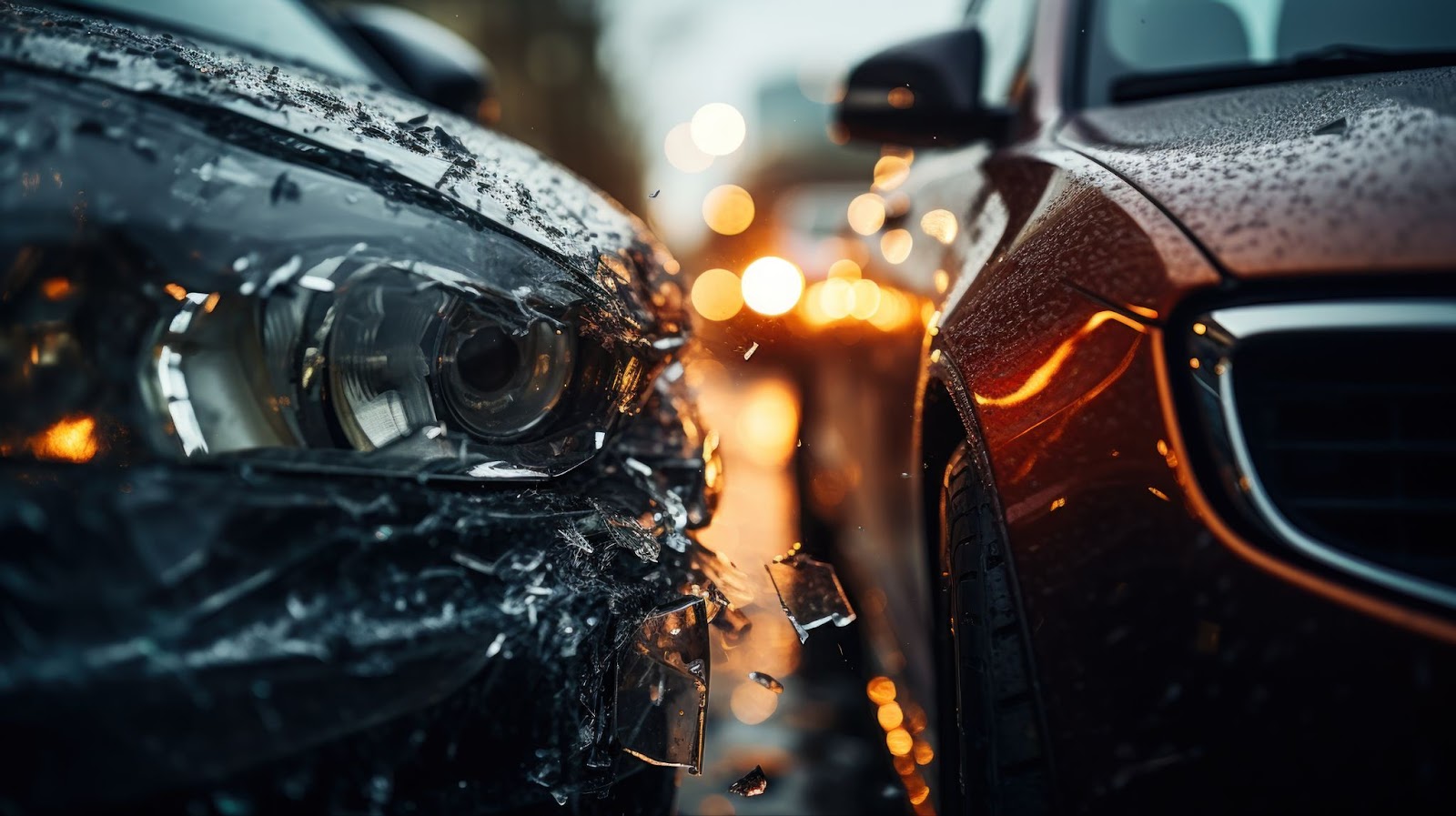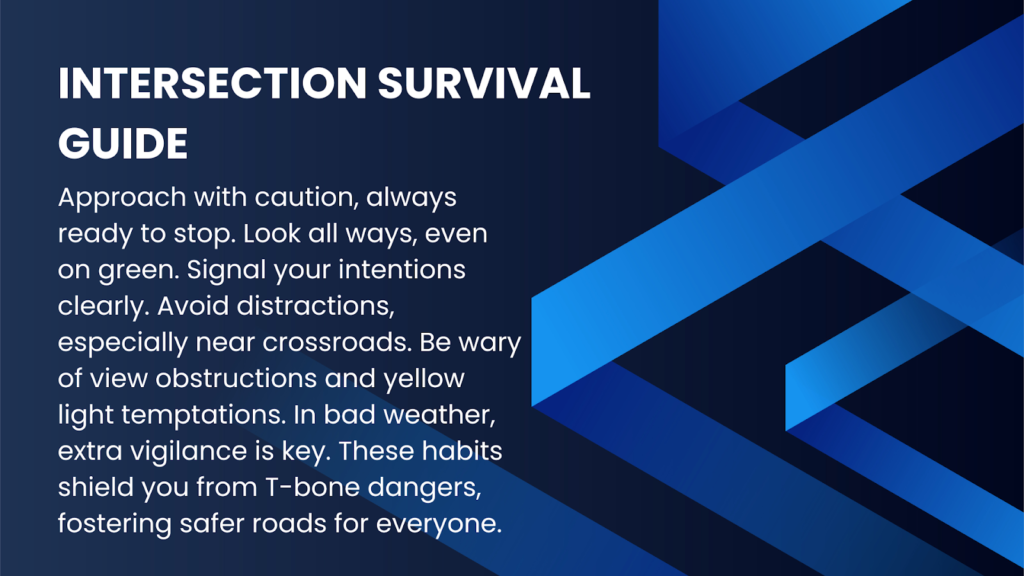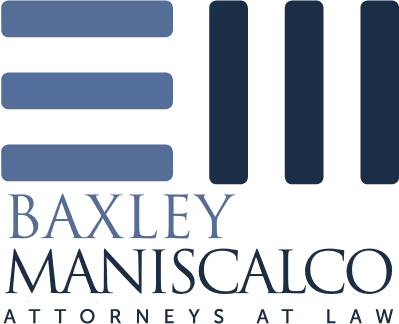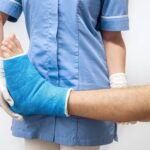
Did you know that, in 2022, Alabama recorded over 144,263 traffic crashes, with a significant portion occurring at intersections?
T-bone accidents, also known as side-impact collisions, are among the most dangerous types of crashes, often resulting in severe injuries and fatalities.
Understanding the causes, consequences, and legal implications of these accidents is crucial for every driver navigating Alabama’s roads.
What Is a T-Bone Accident?
A T-bone accident occurs when the front of one vehicle collides with the side of another, forming a “T” shape at impact. These accidents are particularly common at intersections, where vehicles traveling in perpendicular directions meet.
T-bone collisions can be devastating due to the limited protection offered by a vehicle’s side panels. Unlike front and rear impacts, which benefit from crumple zones designed to absorb collision forces, side impacts directly threaten the vehicle’s occupants.
Common Causes of T-Bone Accidents
Understanding the root causes of T-bone accidents is the first step in prevention.
Here are some of the most frequent factors contributing to these collisions:
- Running red lights or stop signs;
- Failure to yield right-of-way;
- Distracted driving;
- Impaired driving (alcohol or drugs);
- Speeding;
- Poor visibility due to weather conditions; and
- Mechanical failures, such as brake problems.
Each of these factors can lead to split-second decisions that result in life-altering consequences. By recognizing these causes, drivers can take proactive steps to reduce their risk of involvement in a T-bone accident.
Intersection Safety: Best Practices for Drivers
Intersections are hotspots for T-bone accidents, but there are several strategies drivers can employ to enhance their safety:
- Always approach intersections with caution: Slow down and be prepared to stop, even if you have the right of way.
- Look both ways before proceeding: Don’t assume other drivers will obey traffic signals or signs.
- Use turn signals: Clearly communicate your intentions to other drivers.
- Avoid distractions: Put away your phone and focus on the road, especially when approaching intersections.
- Be aware of blind spots: Large vehicles or obstacles can obscure your view of oncoming traffic.
- Don’t rush yellow lights: It’s better to wait for the next green than to risk a collision.
- Be extra cautious in poor weather: Rain, fog, or snow can significantly reduce visibility and increase stopping distances.
By following these best practices, drivers can significantly reduce their risk of being involved in a T-bone accident.

Injuries Common in T-Bone Accidents
T-bone accidents often result in severe injuries due to the limited protection offered by a vehicle’s side. Common injuries include:
- Head and brain injuries;
- Neck and spinal cord injuries;
- Chest and rib injuries;
- Pelvic and hip fractures;
- Internal organ damage;
- Whiplash; and
- Cuts and lacerations.
The severity of these injuries underscores the importance of safe driving practices and the need for proper legal representation in the event of an accident.
Steps to Take After a T-Bone Accident
If you’re involved in a T-bone accident, taking the right steps immediately afterward can protect your health and legal rights:
- Check for injuries: Assess yourself and others for injuries and call 911 if needed.
- Move to safety: If possible, move vehicles out of traffic to prevent further accidents.
- Call the police: Always report the accident to law enforcement, even if it seems minor.
- Document the scene: Take photos of vehicle damage, road conditions, and any visible injuries.
- Gather information: Exchange contact and insurance information with other involved parties.
- Identify witnesses: Get contact information from any witnesses to the accident.
- Seek medical attention: Even if you feel fine, some injuries may not be immediately apparent.
- Contact your insurance company: Report the accident promptly, but avoid admitting fault.
- Consult with a lawyer: An experienced attorney can help protect your rights and navigate the legal process.
Following these steps can help ensure your safety and strengthen your position if legal action becomes necessary.
Preventing T-Bone Accidents: A Community Effort
Reducing T-bone accidents requires a collective effort from drivers, city planners, and policymakers.
Here are some community-level strategies that can make a difference:
- Improved intersection design: Adding dedicated turn lanes, better signage, and improved lighting can reduce accident risks.
- Traffic signal timing: Optimizing signal timing can help reduce red-light running and improve traffic flow.
- Public awareness campaigns: Education on intersection safety and the dangers of distracted driving can help change behaviors.
- Enforcement of traffic laws: Consistent enforcement of speed limits and traffic signal compliance can deter risky driving.
- Implementation of roundabouts: Where appropriate, roundabouts can reduce the likelihood of T-bone collisions.
- Vehicle safety technology: Encouraging the adoption of side-impact airbags and collision avoidance systems can mitigate injury severity.
By working together, communities can create safer road environments and reduce the incidence of T-bone accidents.
Legal Responsibility in T-Bone Accidents
Determining fault in a T-bone accident can be complex, as it often involves multiple factors and sometimes multiple parties. In Alabama, the concept of “contributory negligence” plays a crucial role in accident cases.
Frequently Asked Questions
Navigating the aftermath of a T-bone accident can be confusing and overwhelming. To help clarify some common concerns, we’ve compiled answers to the questions we hear most often from our clients.
Who Is Typically at Fault in a T-Bone Accident?
Fault in a T-bone accident depends on the specific circumstances. Common at-fault scenarios include running a red light, failing to yield right-of-way, or making an illegal turn. However, multiple parties can share fault, and Alabama’s contributory negligence rule can significantly impact liability.
How Long Do I Have to File a Lawsuit After a T-Bone Accident in Alabama?
In Alabama, the statute of limitations for personal injury claims, including those from car accidents, is generally two years from the date of the accident. However, it’s advisable to consult with an attorney as soon as possible to ensure your rights are protected.
What If the Other Driver Doesn’t Have Insurance?
If an uninsured driver hits you, you may be able to file a claim under your own uninsured motorist coverage if you have it. Additionally, you might consider filing a lawsuit directly against the at-fault driver, though collecting damages can be challenging if they lack assets.
Can I Still Recover Damages If I Was Partially at Fault for the Accident?
Alabama follows a strict contributory negligence rule, which means if you are found to be even 1% at fault for the accident, you may be barred from recovering any damages. This makes it crucial to have strong legal representation to protect your interests.
What Kind of Evidence Is Important in a T-Bone Accident Case?
Important evidence can include police reports, photographs of the accident scene and vehicle damage, witness statements, traffic camera footage, medical records, and expert testimony on accident reconstruction.
Collecting and preserving this evidence promptly is crucial for building a strong case.
Get Expert Legal Support for Your T-Bone Accident Case
Have you or a loved one been involved in a T-bone accident in Alabama? Don’t face the legal challenges alone.
At Baxley Maniscalco, our experienced team of attorneys specializes in intersection accident cases and understands the nuances of Alabama’s traffic laws.
We’re here to fight for your rights and ensure you receive the compensation you deserve.
Don’t let the insurance companies take advantage of you – let us put our expertise to work for you.
Contact Baxley Maniscalco today for a free, no-obligation consultation. Remember, time is of the essence in accident cases, so don’t wait. Reach out to us now and take the first step toward securing your future.
Can't find what you're looking for? Search our site below.










